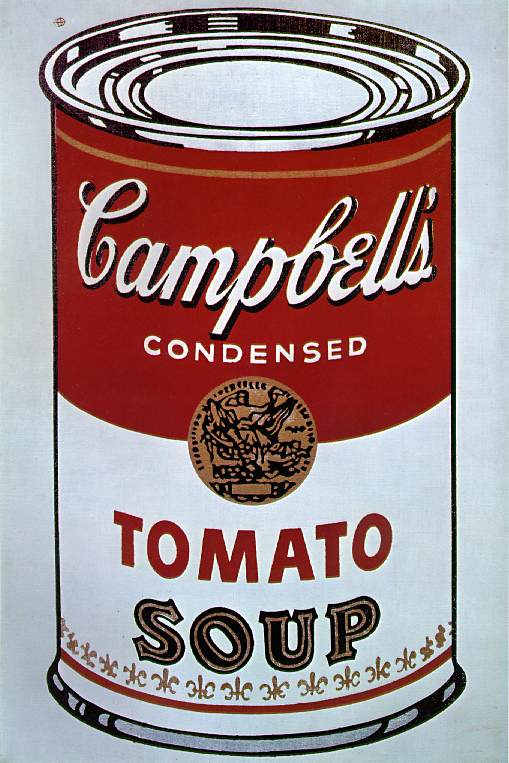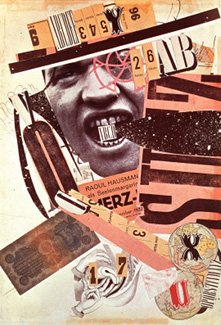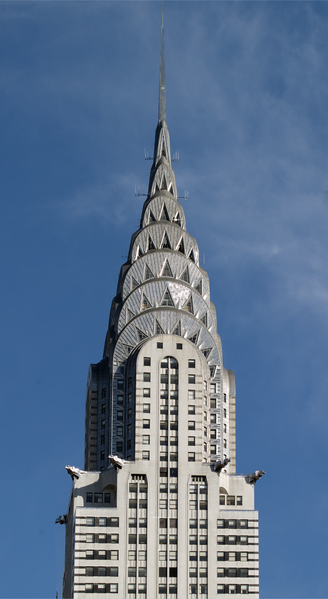
Surrealism is a cultural movement that began in the early 1920s, and is best known for its visual artworks and writings. It developed out of the Dada activities during World War I and the most important center of the movement was Paris. From the 1920s onward, the movement spread around the globe, eventually affecting the visual arts, literature, film, and music, as well as political thought and practice, philosophy, and social theory. The movement in the mid-1920s was characterized by meetings in cafes where the Surrealists played collaborative drawing games, discussed the theories of Surrealism, and developed a variety of techniques such as automatic drawing. Automatic drawing was developed as a means of expressing the subconscious. In automatic drawing, the hand is allowed to move randomly across the paper without any planning or thought being applied beforehand.


World War II created havoc not only for the general population of Europe but especially for the European artists and writers that opposed Fascism, and Nazism. Many important artists fled to North America, and relative safety in the United States. The art community in New York City in particular was already grappling with Surrealist ideas and several artists like Arshile Gorky, Jackson Pollock, Robert Motherwell, and Roberto Matta, converged closely with the surrealist artists themselves. During the 1940s Surrealism's influence was also felt in England and America. Mark Rothko took an interest in biomorphic figures, and in England Henry Moore, Lucian Freud, Francis Bacon and Paul Nash used or experimented with Surrealist techniques. However, Conroy Maddox, one of the first British Surrealists whose work in this genre dated from 1935, remained within the movement, and organized an exhibition of current Surrealist work in 1978 in response to an earlier show which infuriated him because it did not properly represent Surrealism. Maddox's exhibition, titled Surrealism Unlimited, was held in Paris and attracted international attention.
There is no clear consensus about the end, or if there was an end, to the Surrealist movement. Some art historians suggest that World War II effectively disbanded the movement. However, art historian Sarane Alexandrian (1970) states, "the death of André Breton in 1966 marked the end of Surrealism as an organized movement."

 I've decided to use Surrealism as my design movement for my essay due to it appealing to me. The fact that the whole design movement centres around the impossible seems appropriate because in a game anythings possible. The paintings created by various artists including Salvador Dali and the German painter Max Ernst appeal to me more than the traditional artwork of more famous artists such as Edvard Munch and Pablo Picasso because I personally find them more visually appealing this is possibly due to myself being born into more modern and colourful world visually when it comes to artwork. Computers were revolutionizing the way people lived and worked as I was growing up, a new medium was born that was available to artists to create new modern pieces of digital work. Digitally created graphics and artwork tends to be colourful and non sequitur much like Surrealism so I believe finding common ground between both is the reason I much prefer the artwork of Surrealism over much more celebrated works from alternate movements. Surrealism isn't exclusive to the visual arts, literature features heavily in surrealism, and theatre, film and music do also but in a lower capacity, but my preference is the visual arts aspect of it
I've decided to use Surrealism as my design movement for my essay due to it appealing to me. The fact that the whole design movement centres around the impossible seems appropriate because in a game anythings possible. The paintings created by various artists including Salvador Dali and the German painter Max Ernst appeal to me more than the traditional artwork of more famous artists such as Edvard Munch and Pablo Picasso because I personally find them more visually appealing this is possibly due to myself being born into more modern and colourful world visually when it comes to artwork. Computers were revolutionizing the way people lived and worked as I was growing up, a new medium was born that was available to artists to create new modern pieces of digital work. Digitally created graphics and artwork tends to be colourful and non sequitur much like Surrealism so I believe finding common ground between both is the reason I much prefer the artwork of Surrealism over much more celebrated works from alternate movements. Surrealism isn't exclusive to the visual arts, literature features heavily in surrealism, and theatre, film and music do also but in a lower capacity, but my preference is the visual arts aspect of it












